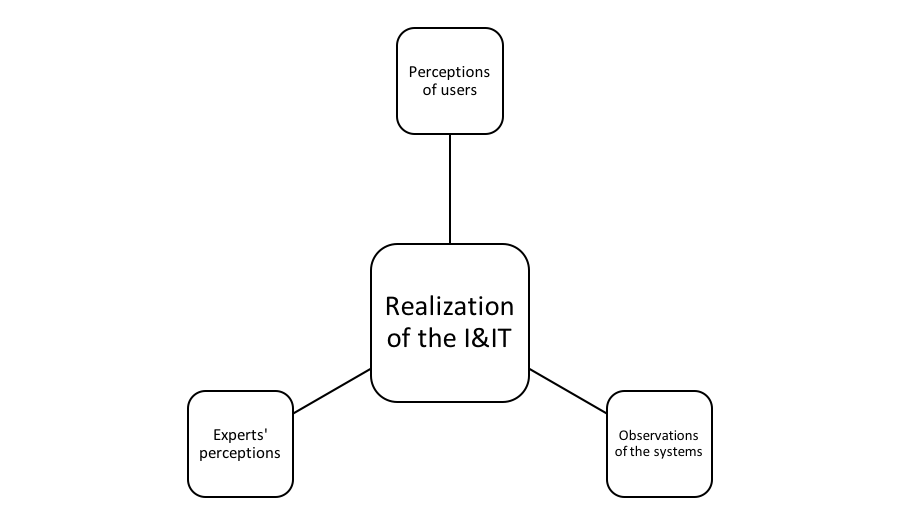“So, is my school’s technology good enough?” is a question that principals and curriculum coordinators and superintendents ask—of course they don’t usually ask it when their IT coordinators or staff are within ear shot. The reality is that most school administrators do not have the expertise to assess the IT for which they are responsible. They do not even have the expertise to supervise the IT staff for which they are responsible.
School leaders are left in an uncomfortable position: They must rely on the judgements and assessments of the IT professionals they hire. If the IT staff reports, “all is good,” they have no way of knowing is that is accurate or not.
The question that opens this post is one that needs to be answered by school leaders, but it cannot be answered accurately without beginning the sentence with “it depends….” Wicked problems such as school planning are complex and the quality of the solutions depend on the perspective of the person judging the solution.
When assessing the quality information technology in schools, we must assume different perspectives and to gain a complete picture, or reports and conclusions must recognize each perspective. Further, improvements in how our systems are realized must be directed to change how the systems are perceived from each perspective.

- The perspective of the users. There is a rich literature supporting the conclusion that the experience of users is a vital determinate in the quality of systems. If users do not perceive the system to be easy to use, effective, and used by others, then they are not likely to use it either.
- Objective observations. Because IT is partly a physical system comprising hardware and software, objective measurements of those parts of the system can help school and technology leaders understand the quality of the complete system. Consider bandwidth; IT with insufficient bandwidth will cause users to complain, “the network is slow.” When we change the bandwidth, we will be able to measure that and see a negative correlation with complaints about network latency.
- Experts’ perceptions. Designing IT systems is as much an art as it is a science. A perfectly appropriate configuration in one setting can pose an obstacle to IT use in another setting. Limits that are quite reasonable for some users can prevent others from doing what they need to do. Design is an iterative process, and those with expertise in designing IT systems in schools can provide valuable insight into design efforts.
The work of designing school IT is further complicated by the negotiations that are necessary. Steps the IT professionals make the system easy to manage can limit the options available to teachers. I recently heard this complaint from a teacher:
We have adopted a new math curriculum, and we got from the publisher many of the materials on a CD. Now, we must use the materials—the curriculum has been endorsed by the school board and they invested the money in training us and getting the materials. Our IT people, on the other hand are only purchasing Chromebooks for students and teachers. I have no problem with that decision, but I am left trying to track down a CD drive whenever I need to print math stuff for my students… and that is getting more difficult as the older computers are failing and because they restrict who can log on to the computers that remain.
This teacher’s job s more difficult because of the decisions that have been made by the IT staff in her school district. I asked the obvious follow-up question, “Have you talked to the curriculum coordinator about this?”
My friend replied, “Yes. She said ‘we need to respect the decisions of [the IT people] and do and just figure out a way to get the files from the CD’s.’”
I could only agree with her deep sigh.